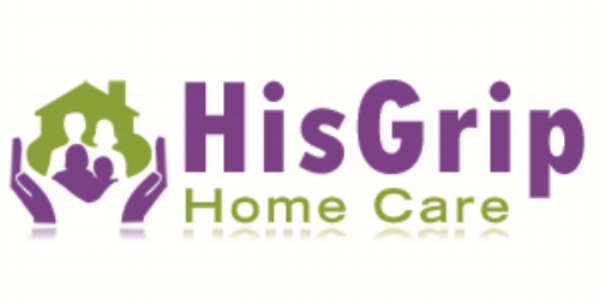September Is Sickle Cell Awareness Month
September is National Sickle Cell Awareness Month, prompting all of us to take a moment to reflect on this devastating genetic disorder. Sickle cell disease (SCD) today has almost 100,000 people in its grip in the United States, and millions more worldwide. Many suffer terribly and die young.
SCD is a disease, which is more common in people of African descent, causes red blood cells to stick to vessel walls, blocking blood flow and preventing oxygen from reaching tissues; the lack of oxygen can damage organs and cause pain so severe it requires hospitalization.
SCD varies widely person to person. The severity of pain can range from mild to severe. Likewise, the methods to relieve it also can differ. If you have SCD, make sure you talk to your doctor about way to relieve your symptoms. Be mindful of pain triggers. This could help you find a link to what causes your pain.
If your loved one has SCD, here are ways you can provide support:
Detect signs of crisis. You may be able to tell when your loved one is about to have a sickle cell crisis. Knowing the signs can help you deal with crises quickly or perhaps keep them from happening again.
Provide a support system. Be alert to symptoms, be prepared, and make allowances when necessary (especially for children) when SCD effects crop up.
Help with pain relief. Take an active role in easing pain. This could mean giving a massage, finding a heat pad, or applying bandages.
Reach out to support services. Parents of children with SCD have support groups that you may think about joining. There are also social workers and mental health clinicians that can help families deal with the diagnosis.
Get extra help if necessary. You may need to get extra help with your loved one. Home care companies such as HisGrip Home Care has experienced caregivers who can provide assistance with activities of daily living.




